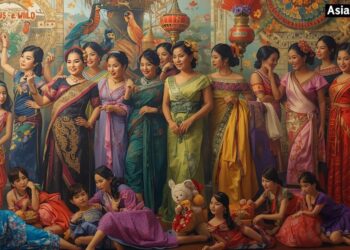Copyright © 2025 || Asian Pinay || gpresellers@gmail.com
Pinay Viral || Asian Pinay || Pinay Kantutan || Pinay Scandal || Pinay Flix || Low Taper || Low Taper Fade || Dino Tube || Blowout Taper || Spicy Chat || Pinay Hub || Pinay Telegram || Sulasok TV || Pinay Telegram || Hypno Tube || SFM Compile || Looted Pinay


